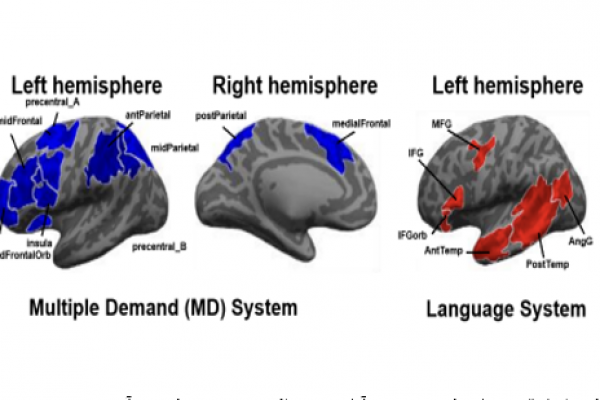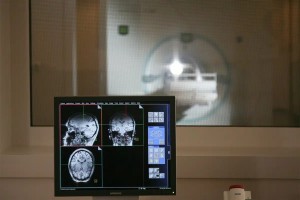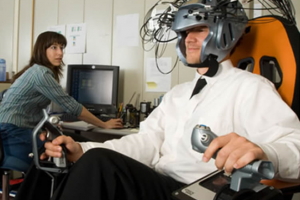Researchers study which parts of the brain are engaged when a person evaluates a computer program
Functional magnetic resonance imaging (fMRI), which measures changes in blood flow throughout the brain, has been used over the past couple of decades for a variety of applications, including “functional anatomy”—a way of determining which brain areas are switched on when a person carries out a particular task.
Functional magnetic resonance imaging (fMRI), which measures changes in blood flow throughout the brain, has been used over the past couple of decades for a variety of applications, including “functional anatomy”—a way of determining which brain areas are switched on when a person carries out a particular task. fMRI has been used to look at people’s brains while they’re doing all sorts of things—working out math problems, learning foreign languages, playing chess, improvising on the piano, doing crossword puzzles, and even watching TV shows like “Curb Your Enthusiasm.”
One pursuit that’s received little attention is computer programming—both the chore of writing code and the equally confounding task of trying to understand a piece of already-written code. “Given the importance that computer programs have assumed in our everyday lives,” says Shashank Srikant, a Ph.D. student in MIT’s Computer Science and Artificial Intelligence Laboratory (CSAIL), “that’s surely worth looking into. So many people are dealing with code these days—reading, writing, designing, debugging—but no one really knows what’s going on in their heads when that happens.”





Related Posts